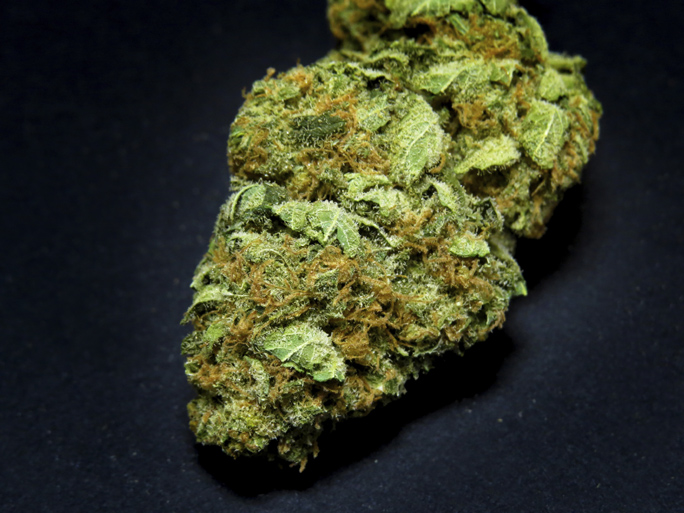Cannabis Medicine
As cannabis use becomes more widely accepted by various sectors of U.S. society, health care practitioners are moving way past the belief that there’s no evidence to support cannabis as medicine. That position, once adopted by the federal government, is now old news as evidenced by a patent on medical uses of pot filed by the U.S. Department of Health and Human Services. Cannabis, both as a recreational agent and as a medicine, is thoroughly upon us, and now health officials are responding.
One such response can be seen in the formation of the American Cannabis Nurses Association. If you’ve been to a hospital, you know that even though medical doctors rank highest on the caregiver food chain, nurses are the ones who provide the most patient care and develop the closest relationships with patients. Nurses understand that, like it or not, cannabis use is widespread. Additionally, a fast-growing body of science is developing as researchers plumb the complexities of cannabis, probing into the nature and activity of the various cannabinoids
Started by a small group of nurses and other health care practitioners, the American Cannabis Nurses Association formed to better understand “endocannabinoid therapeutics.” This refers to cannabinoids from outside of our bodies, as we manufacture our own cannabinoids internally. The source of endocannabinoids is cannabis, aka marijuana.
With as many as 20 million U.S. citizens utilizing cannabis for one purpose or another, nurses need to understand what their patients are using, what effects may be expected, and what interactions may occur with other drugs. And with the science of cannabis rapidly growing, nurses need a resource to train them in this emerging body of knowledge.
In May, the American Cannabis Nurses Association will co-host a Cannabis as Medicine Conference, also dubbed The Eighth National Clinical Conference on Cannabis Therapeutics, in conjunction with The American Academy of Cannabinoid Medicine (AACM). The conference, to be held May 8 – 10 in Portland Oregon, will focus on the science of cannabis for treating health disorders of various kinds, from pain to neurological disorders. The course will offer continuing education credits through The University of California at San Francisco Medical School. Other conferences on cannabis therapeutics are scheduled.
What started years ago as a small and fringe movement is now exploding into a national one, involving doctors, nurses, chemists, pharmacists, and researchers who are investigating the therapeutic uses of cannabis and assessing its long-term future in health care.
Just this week, the Florida House Judiciary Committee endorsed a plan to allow doctors to prescribe cannabis extract to some patients suffering seizures or pain. Remarkably, this endorsement completely circumvents standard drug approval processes. This move follows right on the heels of a worrisome Harvard and Northwestern University study showing that casual use of cannabis can lead to changes in the nucleus accumbens and the amygdala in the brain. This, the researchers say, may adversely affect motivation.
There is unquestionably still a lot to learn about cannabis, and most researchers believe that despite a great deal of scrutiny of this plant over time, the body of science on cannabis is still a young study. And uses for cannabis are expanding. Oncologist Dr. Wai Liu, at London’s St George’s University, recently found that some compounds in cannabis can kill cancer cells in people with leukemia, a disease that kills an estimated 24,000 Americans every year. Cannabis may help to save some of those lives.
In other news, the first cannabis beauty line, Cannabis Basics, was recently launched by Seattle resident Ah Aimee Warner. The line features balms, butters, creams, lotions, and even a cannabis-based pain stick. Will cannabis prove a beauty secret as well as a valuable medicine? It just might, grasshopper. It just might.


